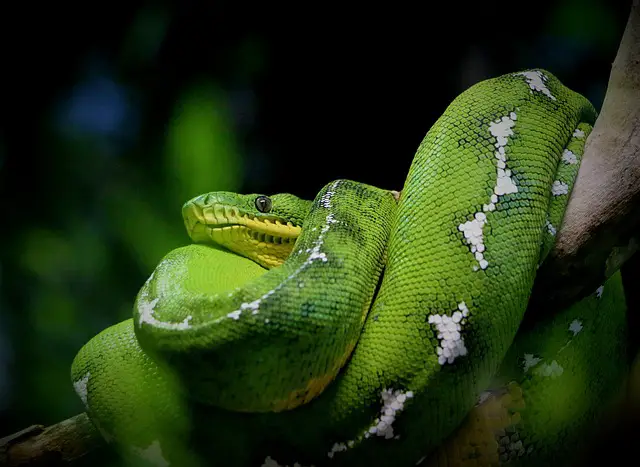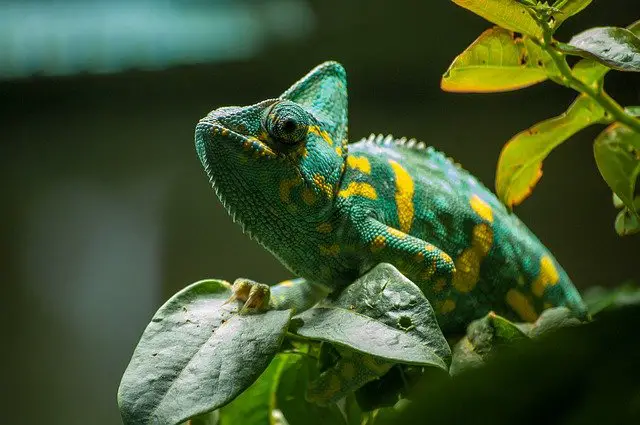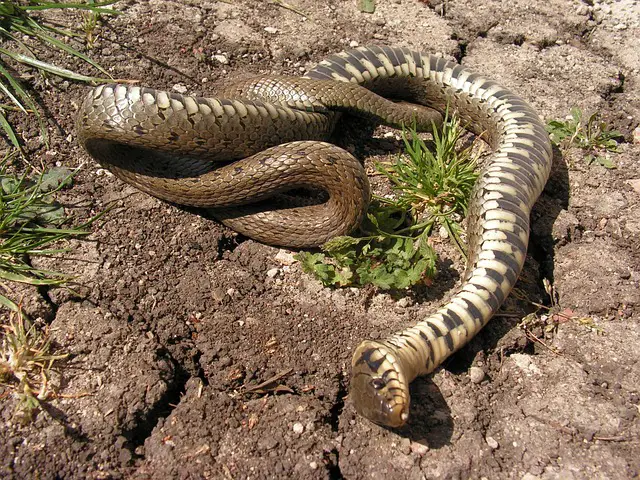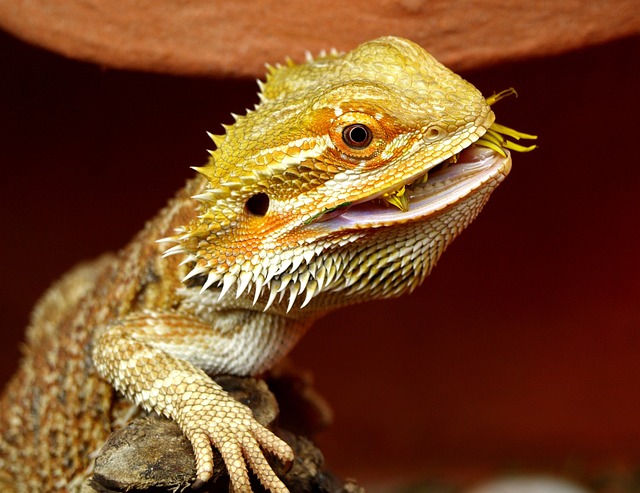Many people fear snakes because of their reputation for being dangerous and unpredictable. However, some individuals are curious about the possibility of taming snakes and keeping them as pets. The question is, can snakes be tamed?
The answer is not a straightforward yes or no. While some snakes can be trained to tolerate handling and enjoy interaction with humans, they are still wild animals and can never be fully domesticated. In addition, it’s essential to understand that snakes have instincts and behaviors that can be difficult to modify, even with extensive training.
Despite the challenges, some snake owners have successfully tamed their pets through consistent handling and positive reinforcement.
However, it’s important to note that not all snakes are suitable for taming and that attempting to do so can be dangerous for both the snake and the handler. Therefore, understanding the risks and limitations of snake taming before bringing one into your home is crucial.
Can Snakes Be Tamed?
Snakes are known for their fierce reputation and venomous bites, but can they be tamed? While it is impossible to domesticate snakes like dogs or cats, training them to be more comfortable around humans and tolerate handling is possible.
The Nature of Snakes
Before attempting to tame a snake, it is essential to understand its nature. Snakes are cold-blooded and rely on external heat sources to regulate their body temperature. They are also solitary creatures that prefer to be left alone. When threatened or scared, snakes will typically hiss, coil up, and strike as a means of defense.
Training Techniques
Several techniques can be used to train a snake to be more comfortable around humans. One of the most effective methods is to handle the snake regularly, starting with short sessions and gradually increasing the duration over time. This will help the snake become accustomed to human touch and reduce its fear response.
Another technique is to use positive reinforcement, such as offering the snake food or treats, when it exhibits calm behavior. This will help the snake associate humans with positive experiences and reduce its instinct to be defensive.
It is important to note that not all snakes can be tamed, and some species are more aggressive than others. Therefore, handling snakes safely and cautiously is essential, as even a tamed snake can bite if it feels threatened or scared.
Benefits of Taming Snakes
Pet Ownership
Taming snakes can make them suitable pets for those interested in reptiles. A tamed snake is less likely to be aggressive toward humans and can be easily handled.
Many snake owners find that taming their pet snake allows them to build a close relationship with their pet and better understand its behavior.
Tamed snakes can also be less stressful for their owners, as they are less likely to bite or strike out of fear or aggression. This makes them safer and more enjoyable pets to have around the house.
Research
Taming snakes can also be beneficial for research purposes. A tamed snake is easier to handle and study, which can help researchers better understand the species. This can be especially important for conservation efforts, as it allows researchers to learn more about the snake’s behavior and habitat needs.
Additionally, tamed snakes can be used in educational settings to teach people about the species and their role in the ecosystem. This can help raise awareness about the importance of snake conservation and dispel myths and misconceptions about these fascinating creatures.
Conservation
Taming snakes can also have conservation benefits. By taming snakes, researchers can study them in their natural habitat without causing undue stress or harm to the animals. This can help conservationists develop effective strategies for protecting snake populations and their habitats.
Furthermore, taming snakes can help reduce the demand for wild-caught snakes in the pet trade. By providing captive-bred and tamed snakes, breeders can reduce the need for wild-caught snakes and help protect wild populations from overexploitation.
Risks of Taming Snakes
While it is possible to tame a snake, significant risks are involved. In this section, we will discuss some of the safety concerns and ethical considerations that come with taming snakes.
Safety Concerns
Snakes are wild animals; no matter how tame they seem, they can still be dangerous. Here are some of the safety concerns to keep in mind when taming snakes:
- Snake bites: Even a tame snake can bite if it feels threatened or scared. Snake bites can be painful and, in some cases, even deadly.
- Escape: Snakes are expert escape artists and can easily slip out of their enclosures. A loose snake can be difficult to find and pose a danger to people and pets in the area.
- Illness: Snakes can carry diseases that can be transmitted to humans. Washing your hands thoroughly after handling a snake and keeping its enclosure clean is essential.
Ethical Considerations
Taming a snake also raises ethical concerns. Here are some things to consider:
- Wild animals: Snakes are not domesticated animals and may not be suited to life in captivity.
- Stress: Even if a snake appears calm, it may be experiencing stress in captivity. This can lead to health problems and a shortened lifespan.
- Ownership: It’s important to consider whether you have the time, resources, and expertise to care for a snake properly. Many snakes require specialized diets and habitats.
Conclusion
Based on the evidence presented, it is clear that snakes can be tamed to a certain extent. While they may never be fully domesticated like dogs or cats, snakes can learn to tolerate human interaction and even become accustomed to being handled.
However, it is essential to note that not all snakes are suitable for taming. Some species are naturally more aggressive or skittish than others and may never fully adjust to life in captivity. Additionally, even tamed snakes can be unpredictable and bite if they feel threatened or stressed.
Overall, it is possible to tame a snake with patience, consistency, and proper training techniques. However, it is essential for potential snake owners to understand the risks involved and to do their research before bringing a snake into their home.









